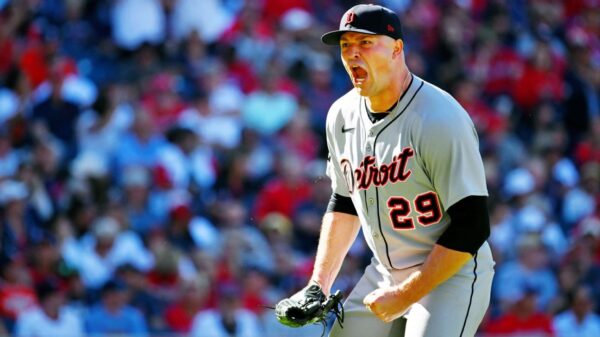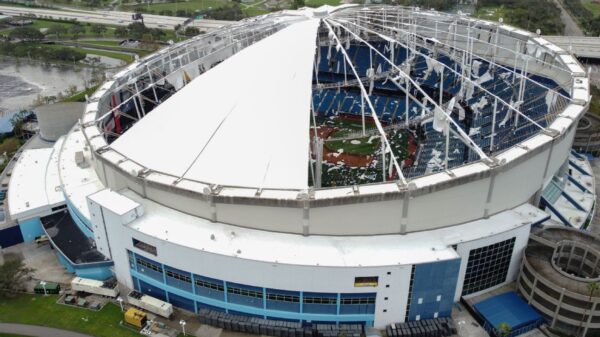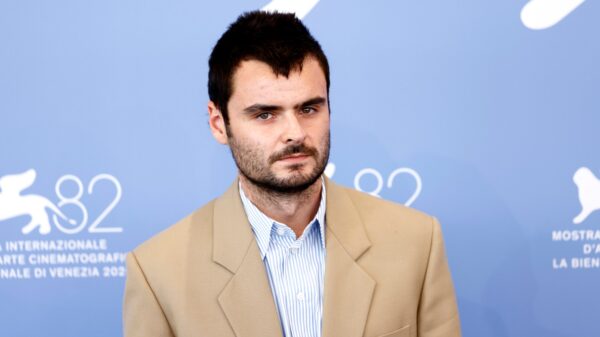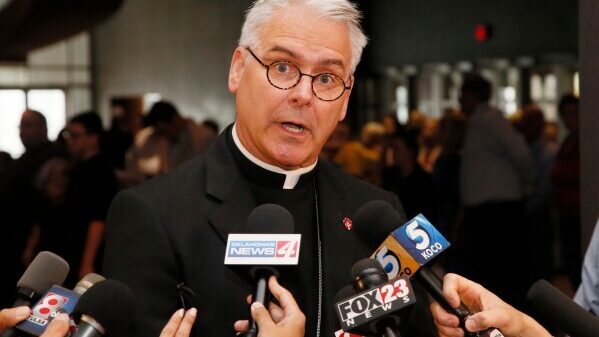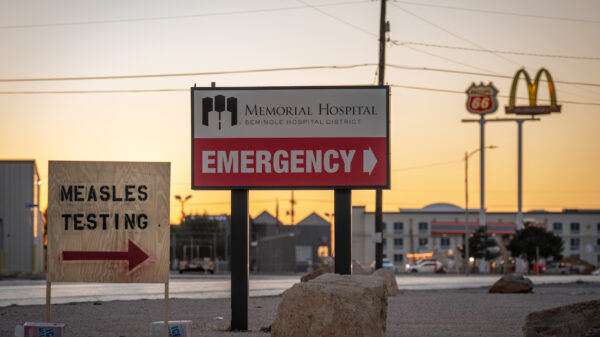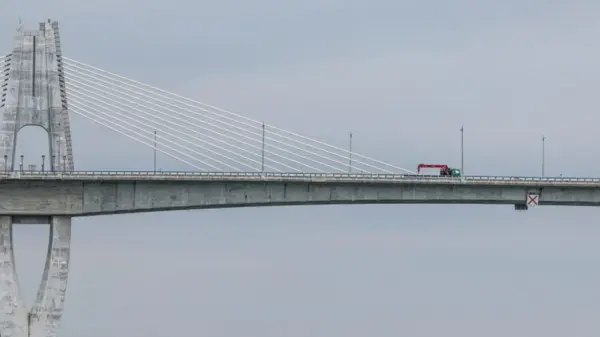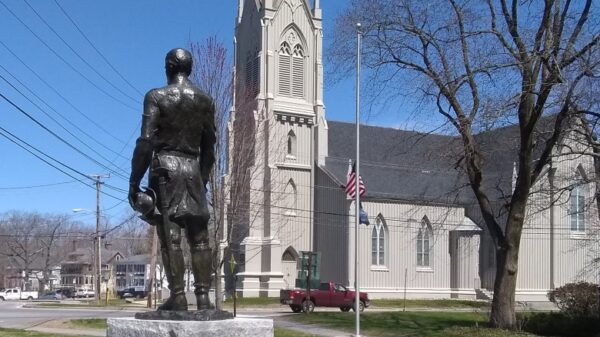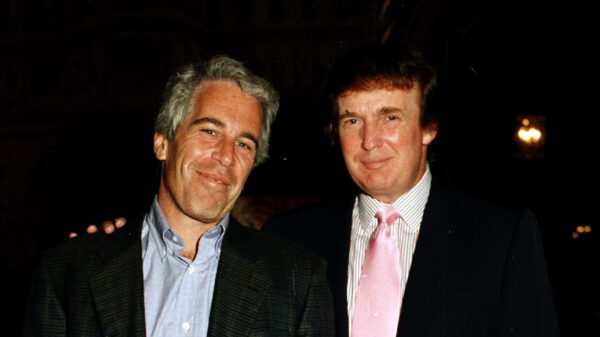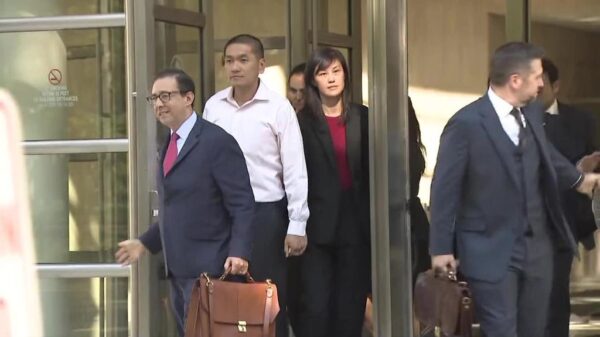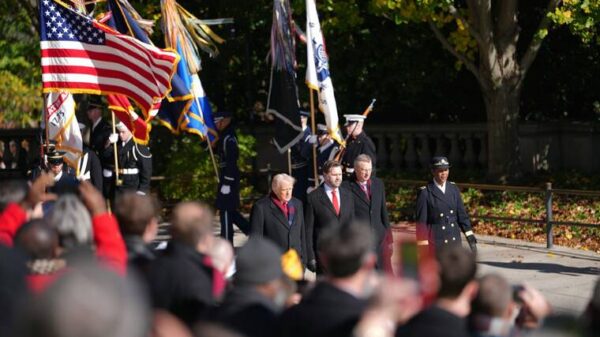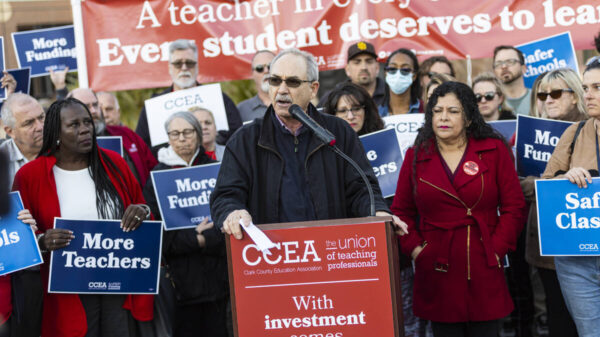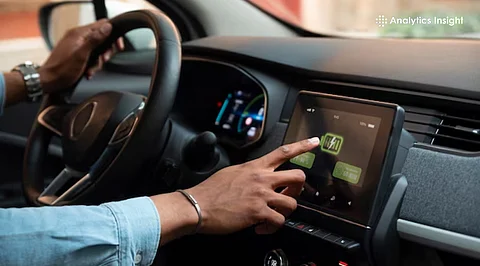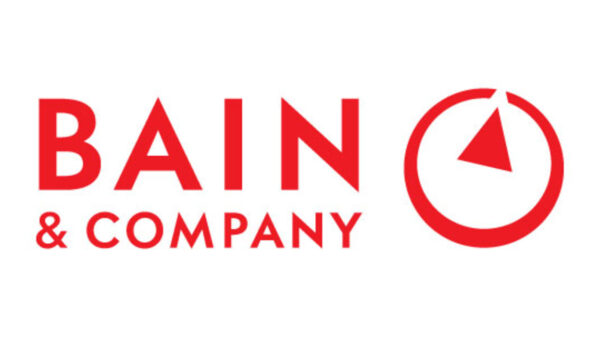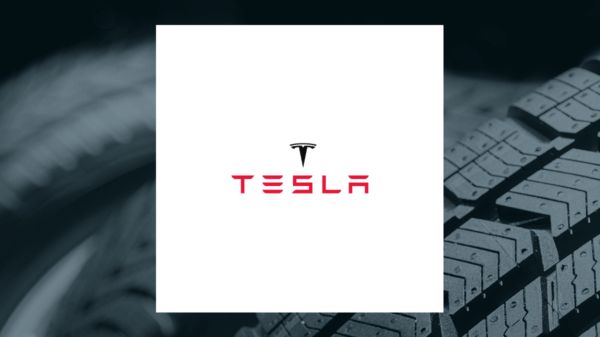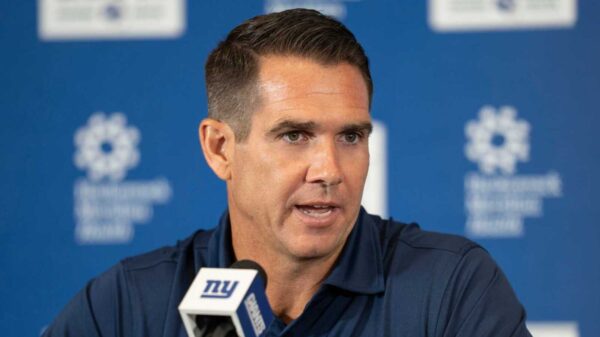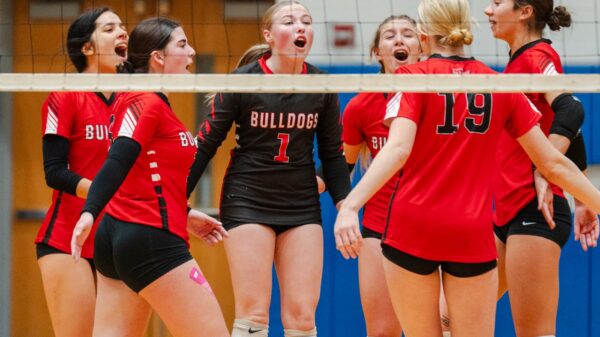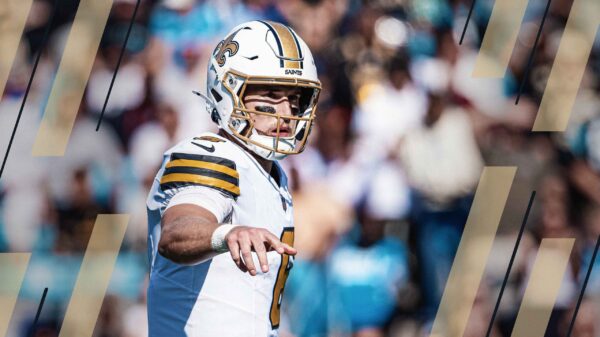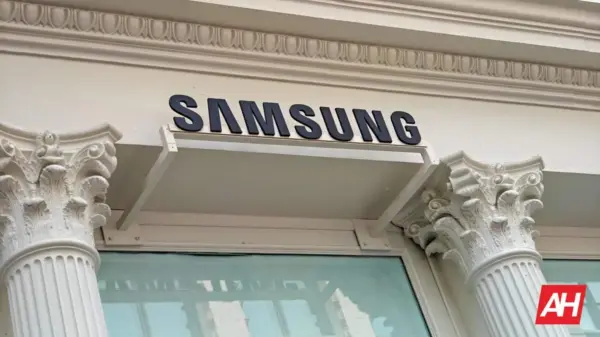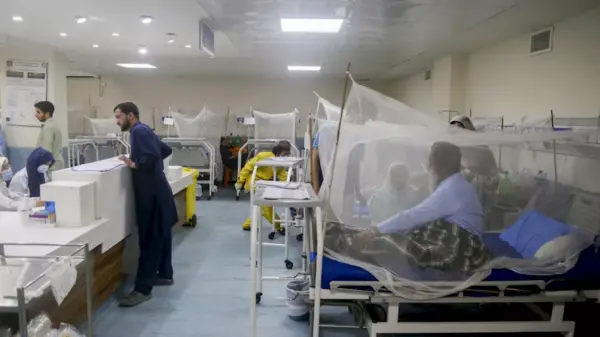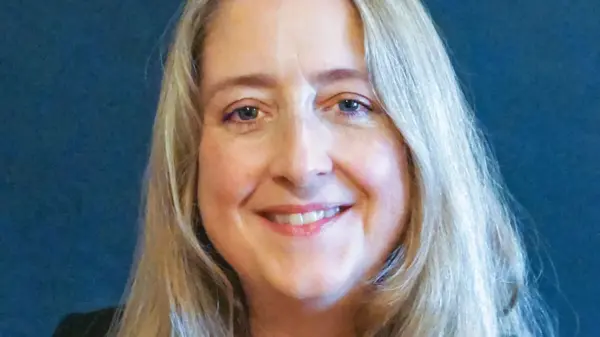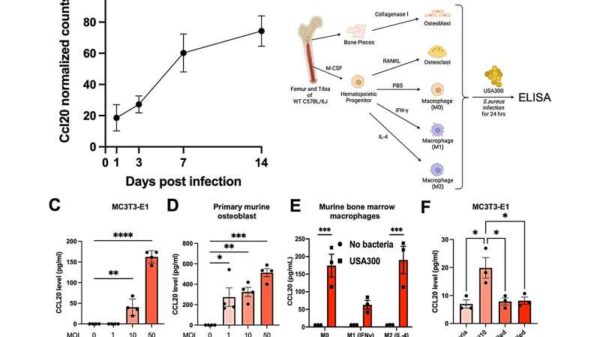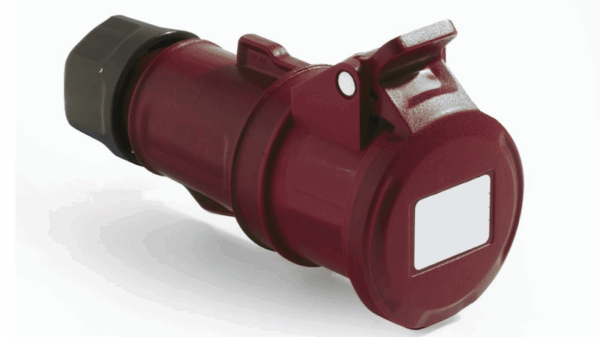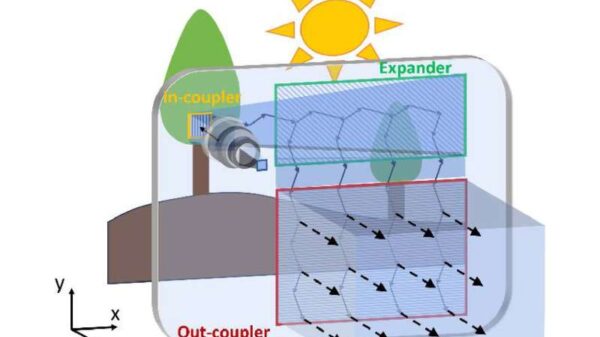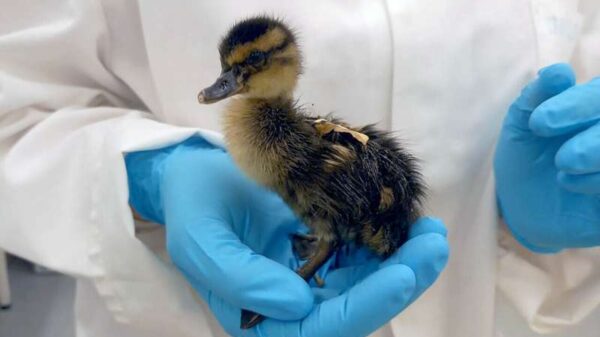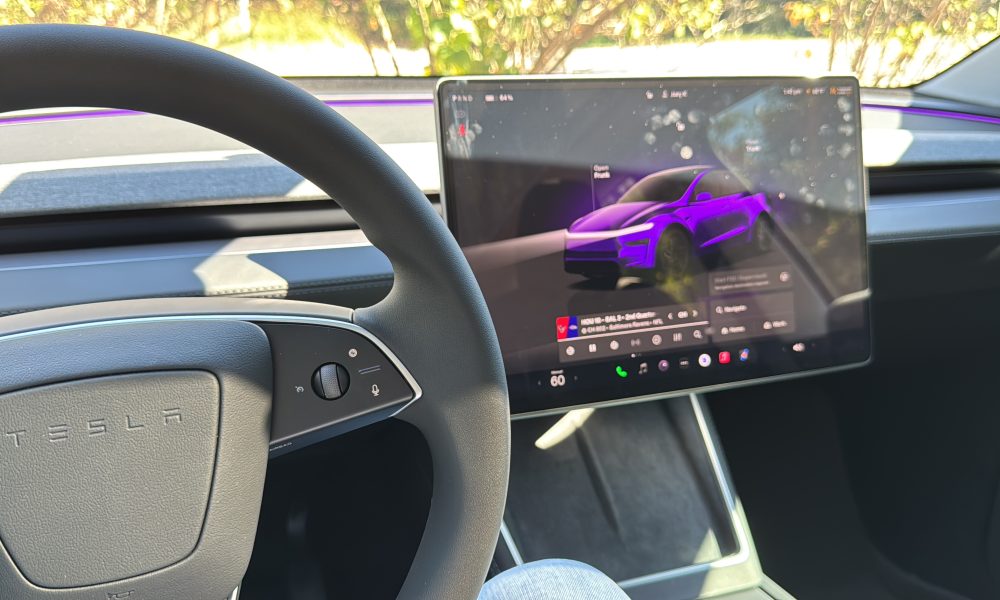Tesla is set to release its much-anticipated Full Self-Driving version 14 this week, following a brief delay announced by CEO Elon Musk. While the current iteration of the Full Self-Driving (FSD) system has garnered praise for its advanced capabilities, several persistent issues remain. These shortcomings highlight areas where significant improvement is essential for enhancing user experience and safety.
Challenges with Navigation and Routing
One of the most pressing concerns is the navigation system’s ability to select optimal routes. Observations indicate that the FSD often chooses illogical paths when departing from locations such as Supercharger stations. For instance, drivers have reported that the system may attempt to execute illegal U-turns, complicating what should be straightforward exits.
A recent experience illustrated this issue when the vehicle attempted a right turn that would have necessitated navigating around a convenience store and encountering a traffic light with a “No U-Turn” sign. The driver had to intervene by overriding the system to take a left turn instead, a route that was both safer and more logical. Such flawed navigation raises serious questions about the vehicle’s ability to operate autonomously without human intervention, particularly in high-traffic situations.
Highway Driving and Lane Management
Another area where improvements are necessary is highway driving. Current regulations across all 50 U.S. states prohibit cruising in the left lane unless overtaking slower vehicles. Yet, FSD frequently remains in the left lane for extended periods, even when ample space exists in the right lane.
In states like Colorado and Pennsylvania, strict enforcement of left lane laws underscores the importance of compliance for safety and efficiency. Users have noted that FSD often passes slower vehicles at minimal speed differences, which can lead to congestion. Implementing a “Preferred Highway Cruising Lane” feature could allow drivers to select their preferred lane, enhancing traffic flow and adherence to local laws.
Furthermore, when overtaking, the system should strive to complete maneuvers more swiftly. Ideally, passing another vehicle should take no longer than 5-10 seconds to avoid disrupting highway traffic.
Parking Performance Needs Attention
While FSD excels at navigating to destinations, its parking capabilities leave much to be desired. Users have reported that the system sometimes parks directly over the line separating two parking spots, indicating a lack of precision. This issue is particularly noticeable in familiar environments, such as residential areas.
While the Autopark feature performs well when drivers manually select a parking spot, the overall performance without user guidance is inconsistent. As the anticipation for v14 builds, many Tesla owners hope to see enhancements in basic parking tasks, which should ideally be among the system’s easiest functions.
As Tesla prepares to unveil Full Self-Driving version 14, addressing these critical areas will be vital for enhancing the user experience and ensuring the system meets the expectations set by prior versions. The upcoming release holds promise, but its success will largely depend on improvements in navigation, highway driving, and parking performance.




